Holiday Sale! Get 30% Off Now
Guide: Testing and Validating Problem Statements with Clients
Let's take a structured approach to test and validate our problem statements with clients, ensuring alignment with real needs and experiences.
A well-defined problem statement is crucial for developing effective solutions that resonate with clients. This guide outlines practical steps for testing and validating your problem statements, allowing you to refine your understanding of your clients’ needs.
Step 1: Draft Your Problem Statement
Before you can test your problem statement, you need to have a draft ready.
Tip: Ensure that your statement is clear, concise, and focused on the specific issue your clients face.
Example: "Many of our clients struggle with time management, which leads to increased stress and decreased productivity."
Step 2: Choose Your Testing Method
Select an appropriate method for gathering feedback. Here are a few options:
Surveys: Create a short survey to gauge client opinions about your problem statement. Ask them if they resonate with the issue and how it affects them.
Interviews: Conduct one-on-one interviews with clients to dive deeper into their experiences related to the problem. This method allows for richer qualitative data.
Focus Groups: Organize a focus group with a small number of clients to discuss the problem statement and gather collective insights.
Feedback Sessions: Host informal sessions or workshops where clients can provide feedback on the problem statement and share their perspectives.
Step 3: Develop Your Questions
Prepare a set of questions to guide your discussions. Ensure your questions encourage open dialogue.
Example Questions:
Does this problem statement accurately reflect your experience?
How does this problem impact your daily life or business?
What emotions do you associate with this problem?
Are there other challenges related to this issue that we should consider?
Step 4: Conduct Testing
Implement the chosen method and gather feedback from your clients.
Tip: Be open to criticism and ensure clients feel comfortable sharing their thoughts. Actively listen and take detailed notes during the sessions.
Step 5: Analyze Feedback
After collecting feedback, analyze the responses to identify common themes. Look for:
Agreement: How many clients resonate with your problem statement?
Variations: Are there different angles or nuances that clients mention?
Additional Pain Points: What other issues do clients express that may be related to your problem statement?
Step 6: Refine Your Problem Statement
Based on the analysis, make necessary adjustments to your problem statement. Aim for clarity and resonance with your clients’ experiences.
Tip: Share the revised problem statement with clients to ensure alignment.
Step 7: Implement Changes
Use the validated problem statement to inform your service offerings, marketing materials, and client communications. Ensure that all aspects of your business reflect an understanding of the problem.
Conclusion
Validating your problem statement with clients is an essential step in creating meaningful solutions that meet their needs. By actively engaging with clients, you can gain valuable insights that lead to a more refined understanding of their challenges. This process not only enhances your offerings but also strengthens client relationships.
Subscribe now.
Sign up to get new articles each week, as well as the most interesting stories and news straight to your inbox.
ABOUT LYB
LightYourBeacon is a suite of cohort-based Self-Employment Programs, built for aspiring entrepreneurs, and for the organizations that serve them.
Keep shining. Keep growing.
INCLUSIVITY
LightYourBeacon is an open and inclusive program We believe diverse perspectives enrich the learning experience, and we’re committed to creating a supportive environment where every student feels respected and encouraged to grow.
TERRITORIAL RESPECT
With gratitude and respect, we acknowledge the traditional territory of the Snuneymuxw people (Nanaimo BC, Canada), and honour their enduring care for the regional land and waters.
